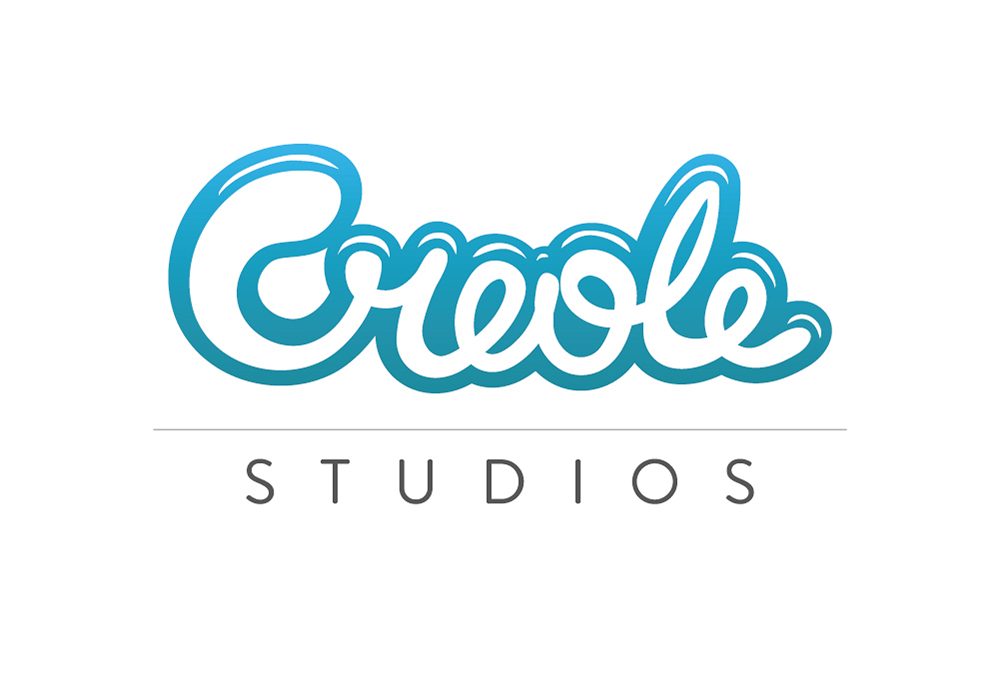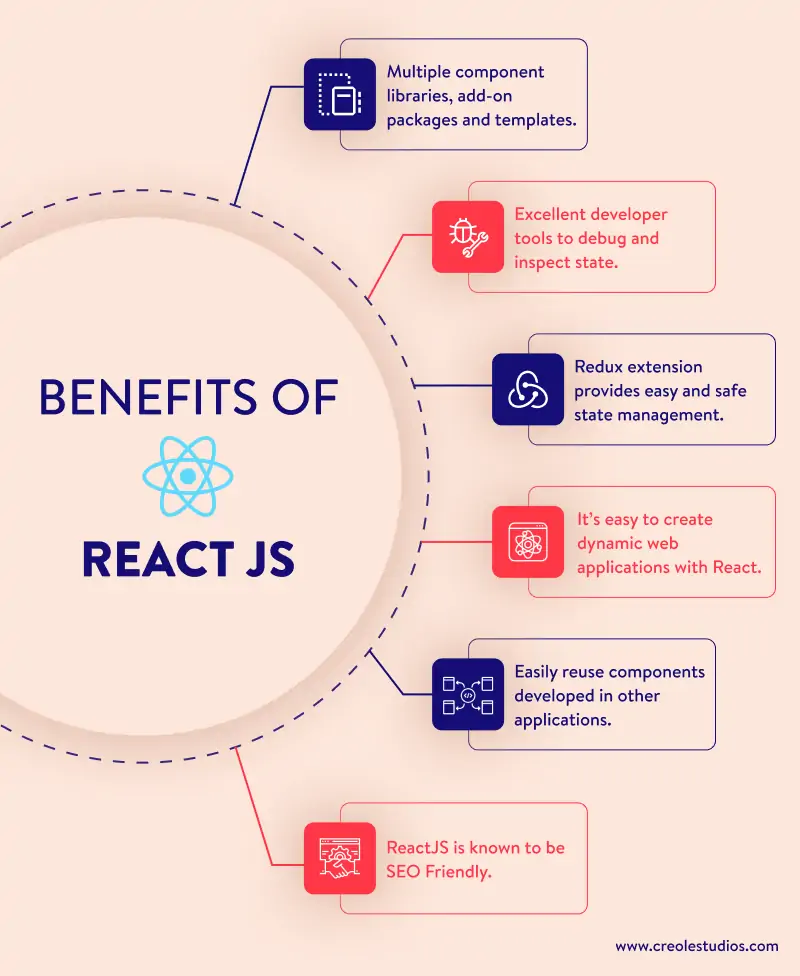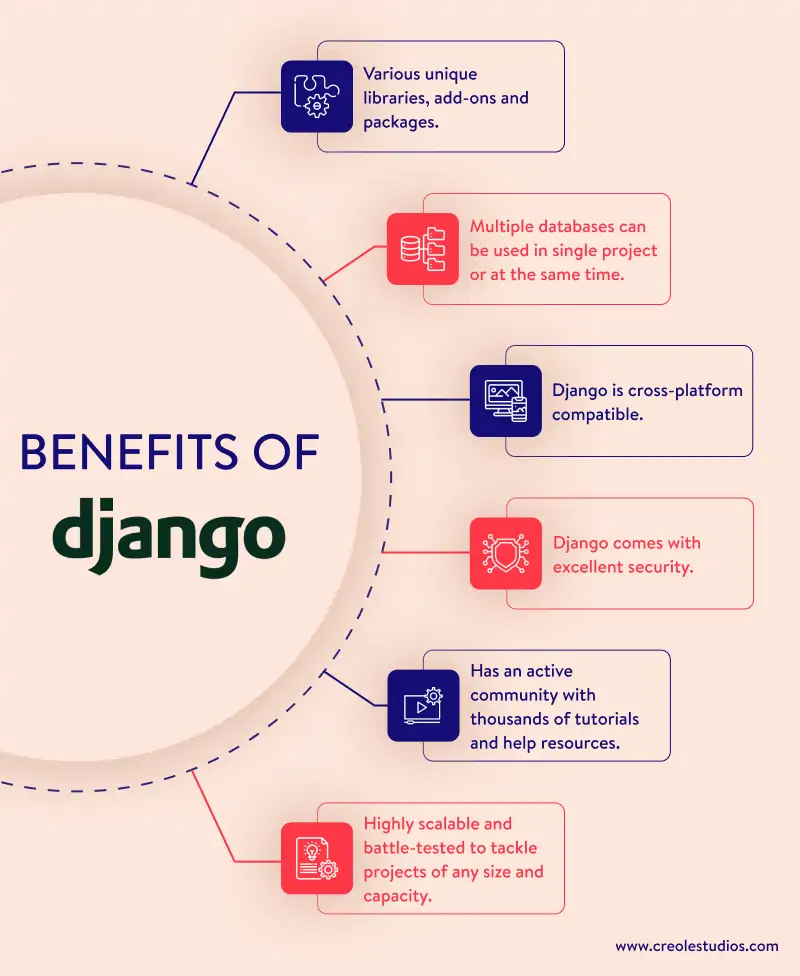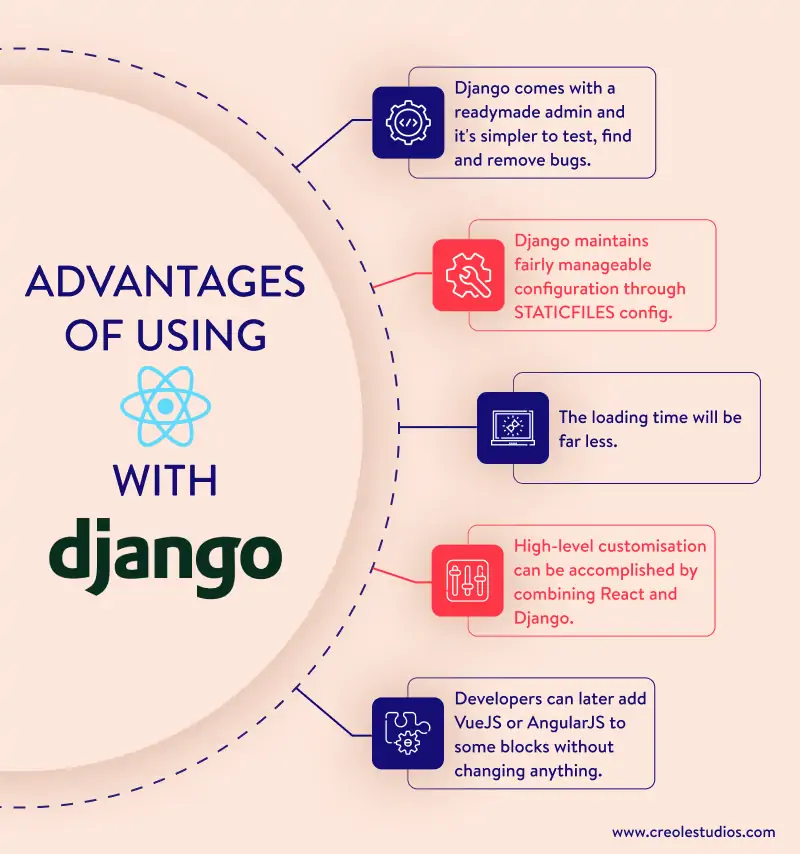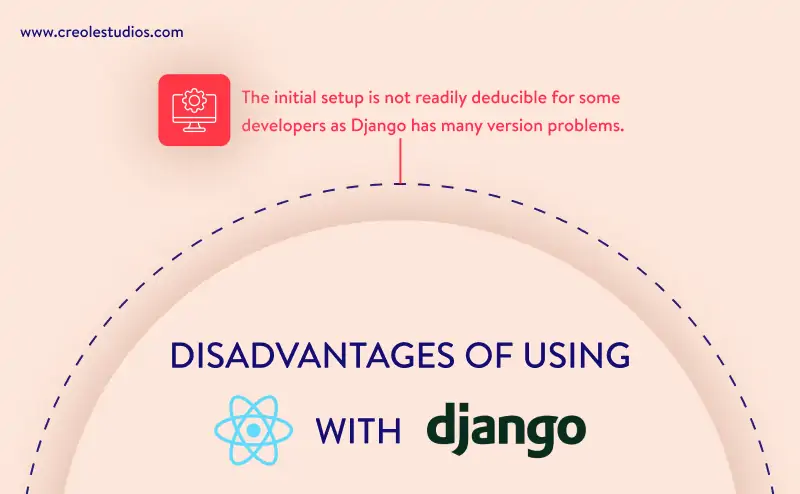Picking out the right framework for web development holds utmost importance. But before making any decision, it is necessary to know the options. The best ones include React JS, Angular JS, and Vue JS, and if you had to pick one, which one would it be? If that question is lingering in your mind, you are in for a treat with the following article. It explains the different suitable circumstances and audiences for the varying frameworks to help you make an informed decision.
Frameworks aid faster web development without reinventing the wheel. The onus of choosing the correct JS framework lies on the developer, as it determines the final functionality and efficiency of the product. Such a question leads to a famous confusion- the choice between React JS, Angular JS, and Vue JS.
But before making any choice, it is always better to clear the basics and understand the individual frameworks.
Brief
Before we get to the technicalities, let us quickly brush up on the foundation and learn the history of the three frameworks.
React JS
Jordan Walke, a software engineer at Facebook, created React JS typescript and called it “FaxJs.” While initially deployed on Facebook’s NewsFeed, it was later used for Instagram and has been open-sourced since 2013.
React programming leverages a declarative paradigm that makes the development process flexible and efficient. Moreover, ReactJS efficiently updates and renders the right components during data changes.
Websites Built with React JS examples:
- Netflix
- Salesforce
- Asana
Angular JS
AngularJS framework was a side project of Miško Hevery, a Google employee who wanted to make web development less complex for his internal projects.
AngularJS is used to build dynamic single-page applications. Being a client-side framework, it supports multiple platforms, and all the functions and commands utilize HTML script code templates.
Websites built with AngularJS examples:
- IBM
- Upwork
- PayPal
- Forbes
Vue JS
Evan developed Vue JavaScript in the process of making single-page applications. It uses adaptable architecture to focus on declarative rendering.
This JavaScript framework streamlines web development that demands interactive and functional user interfaces. One fun fact that often intrigues individuals about Vue JS is the unique version names
inspired by manga and anime, preferably from the science fiction genre.
Websites built with Vue JS examples:
- Behance
- Nintendo
- Wizzair
- 9gag
When should I use React JS, and when shouldn’t I?
When to use React JS?
- You require broader community support.
A few roadblocks are a given regarding web building and development. But a reliable backing smoothens the process, and React JS offers the same.
It has a massive community on GitHub Repository, with over 164k stars and 11M users. Moreover, Reactiflux is a community of more than 170000 React developers. Such a massive community makes it easier for developers to solve their queries.
- You need ease of testing.
React JS requires little to no configuration for testing purposes. Moreover, its components can be tested using the node command line, which accelerates the testing time by a considerable amount.
It is also easy to maintain as the React JS typescript testing can be written with the help of tools like Enzyme and Jest.
- You need a mature user base.
As established companies like Netflix and Facebook are using React UI library, you know that it is reliable and stable. The regular updates and releases are guaranteed, making React JS a trustworthy choice.
When to not use React JS
On the other hand, React JS typescript might not prove to be a good choice in the following scenarios:
- You have a limited time frame.
React JS rendering function is time-consuming due to the presence of new and virtual DOMs. It is because the React frameworks are unaware of the data sources, leading to guesswork. Since the two versions are mutually independent, the rendering process can become slow.
- You require powerful markup language.
React JS can be wordy and lengthy since it is HTML mixed with JavaScript. While it is easier to learn, using stronger languages might demand more code and development time.
- You need lighter applications.
React JS comes with a lot of code, as the virtual DOM implementation needs a decent amount of code for performance optimization. Hence, React JS shouldn’t be your choice for building lighter applications.
When should I use AngularJS, and when shouldn’t I?
When to use AngularJS
- You need code documentation
AngularJS framework is said to have a clean coding system. Not only does it allow you to see the code, but it also shows the code written in the past that expedites the development process.
- You need faster web development
Platforms like jQuery make it even easier to write codes in the Angular JS library. In a way, its model-view-controller fastens the web development process.
- You need flexibility
Angular JavaScript offers front-end flexibility for faster web development. Along with that, it also offers proper separation of front-end and backend for the developer’s clarity.
When to not use AngularJS
- You need SEO
As the Angular JS framework does not store data on the source, it makes it challenging for bots to fetch the data defeating the idea and purpose of SEO.
- You have a tight budget
Since AngularJS differentiates between front-end and back-end, you, as the website owner, will need to shell out more money. This may turn out to be costlier as compared to other frameworks since you will have to hire two different types of developers.
- You have a short-term project
Angular JS UI is unsuitable if you have a short-term project deployable in a few weeks. A strong tool framework like Angular JS is not ideal in such circumstances.
When should I use Vue JS, and when shouldn’t I?
When to use Vue JS
- You need more developers
Since Vue JS does not have a steep learning curve, you might find it easier to get more Vue JS developers than other frameworks.
- You need fewer restrictions
The combination of the modular approach with the “View” part makes it easier for programmers to solve problems. Moreover, fewer restrictions give the developers more freedom to develop the applications.
- You need impeccable support
Despite being comparatively newer, Vue JS has a great community on GitHub. Along with that, the regular release cycles of updates come into use to stay ahead of the competition.
When to not use Vue JS
- You have a larger project
Vue framework has been around for fewer years as compared to other JavaScript frameworks. This can raise questions about its overall functionality and efficiency.
- You do not know Chinese
Since Vue JS is more popular with Chinese websites like Alibaba and Xiaomi, most of the forum discussions and instructions are only available in Chinese.
- You require experienced developers
Circling back to the fact that Vue JS is comparatively young, it can be challenging to find experienced developers.
React JS, Angular JS, & Vue JS – then and now
All three frameworks- React JS, Angular JS, and Vue JS have come a long way since their inception. With regular updates and varying versions, all three have made it far easier for developers to indulge in web development in their way.
For example, when React JS framework got open-sourced in 2013, many “early adopters” considered it to be a great step, only backward. But presently, it is being used by 3.6% of all the websites in the world (Javascript library).
When it comes to the Angular JS framework is being used by more than 4 million websites in the world. Lastly, 0.7% of the websites are known to use the Vue JS framework. While that number is not as high as the other frameworks, it’s set to hold significant importance in the future.
React JS is best for? AngularJS is best for? Vue JS is best for?
Before we get to the concluding answer, it is crucial to understand the most suitable applications for the varying frameworks.
React JS framework is suitable for you if you require:
- Single-page applications
- Mobile or hybrid applications
AngularJS framework is suitable for you if you require:
- Qualitative and dynamic web applications
Vue JS framework is suitable for you if you require:
- Single-page applications
- Web interfaces
How to know which framework is best for web development?
As far as React JS vs. Angular JS vs. Vue JS is concerned, it is safe to say that all three frameworks have their sets of advantages and disadvantages. At the end of the day, it undoubtedly comes down to subjective requirements and projects.
However, the following pointers will make it easier to choose the ideal framework for development:
1. The complexity of the project
Instead of making last-minute changes to the project, it is advised to choose a framework that can handle the complexities.
For example, AngularJS is the best framework for complex projects. You can take the call as per your project requirements.
2. Timeframe of the project
If your project has strict deadlines, go with a faster JS framework. For example, Angular JS and Vue JS provide speed as far as web development is concerned.

3. Community support
Even the most experienced developer will have certain queries and roadblocks, so it is crucial to have a framework that offers reliable support.
React JS remains unbeatable when it comes to that aspect.
4. Maturity of the framework
Frameworks that have been around for years will have more experienced developers making it easier to find a suitable developer that fits your requirements.
In terms of experience, Angular JS and React JS are suitable alternatives.
Takeaway
Choosing an exemplary framework is a prerequisite when it comes to web development. The right choice will help the developers fasten the process, while the wrong one will make the process extremely time-consuming.
If you have a project in mind and are looking for the correct JS framework, why don’t you let the professionals at Creole Studios handle the stress? Not only will our experienced developers find the ideal framework for your application, but they will also give you the final product in no time while maintaining quality standards.
>>>>><<<<<
Source: Creolestudios.com
